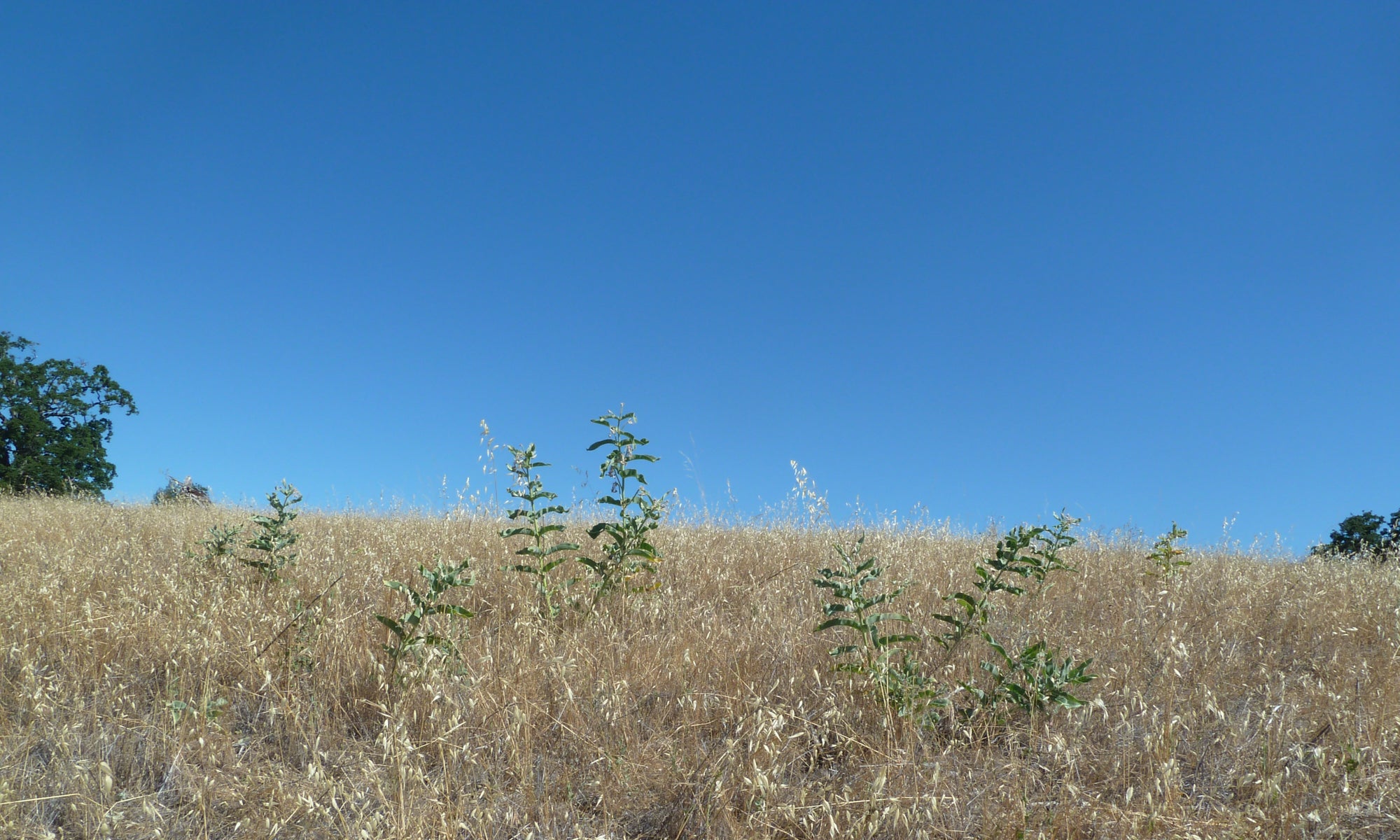, , , , , , and
Abstract
Phenological responses to climate change (e.g., earlier leaf-out or egg hatch date) are now well documented and clearly linked to rising temperatures in recent decades. Such shifts in the phenologies of interacting species may lead to shifts in their synchrony, with cascading community and ecosystem consequences. To date, single-system studies have provided no clear picture, either finding synchrony shifts may be extremely prevalent [Mayor SJ, et al. (2017) Sci Rep 7:1902] or relatively uncommon [Iler AM, et al. (2013) Glob Chang Biol 19:2348–2359], suggesting that shifts toward asynchrony may be infrequent. A meta-analytic approach would provide insights into global trends and how they are linked to climate change. We compared phenological shifts among pairwise species interactions (e.g., predator–prey) using published long-term time-series data of phenological events from aquatic and terrestrial ecosystems across four continents since 1951 to determine whether recent climate change has led to overall shifts in synchrony. We show that the relative timing of key life cycle events of interacting species has changed significantly over the past 35 years. Further, by comparing the period before major climate change (pre-1980s) and after, we show that estimated changes in phenology and synchrony are greater in recent decades. However, there has been no consistent trend in the direction of these changes. Our findings show that there have been shifts in the timing of interacting species in recent decades; the next challenges are to improve our ability to predict the direction of change and understand the full consequences for communities and ecosystems.

